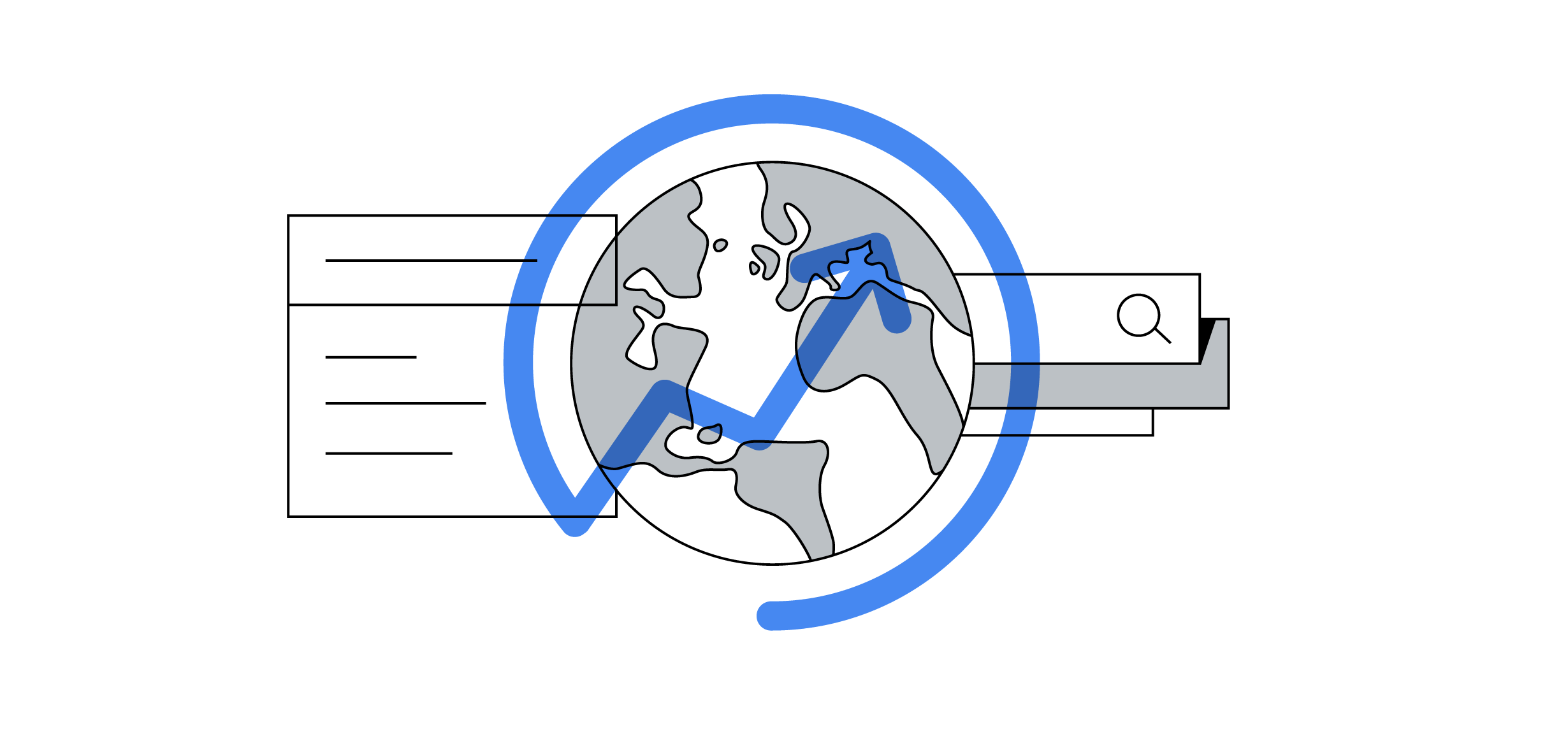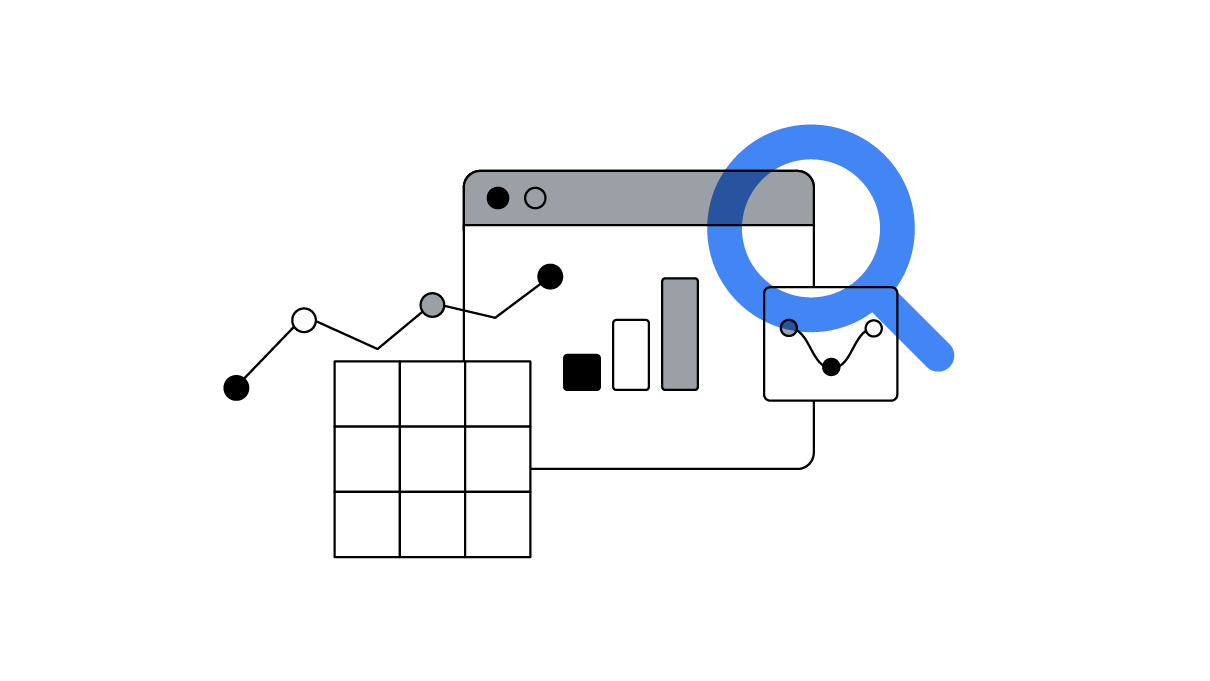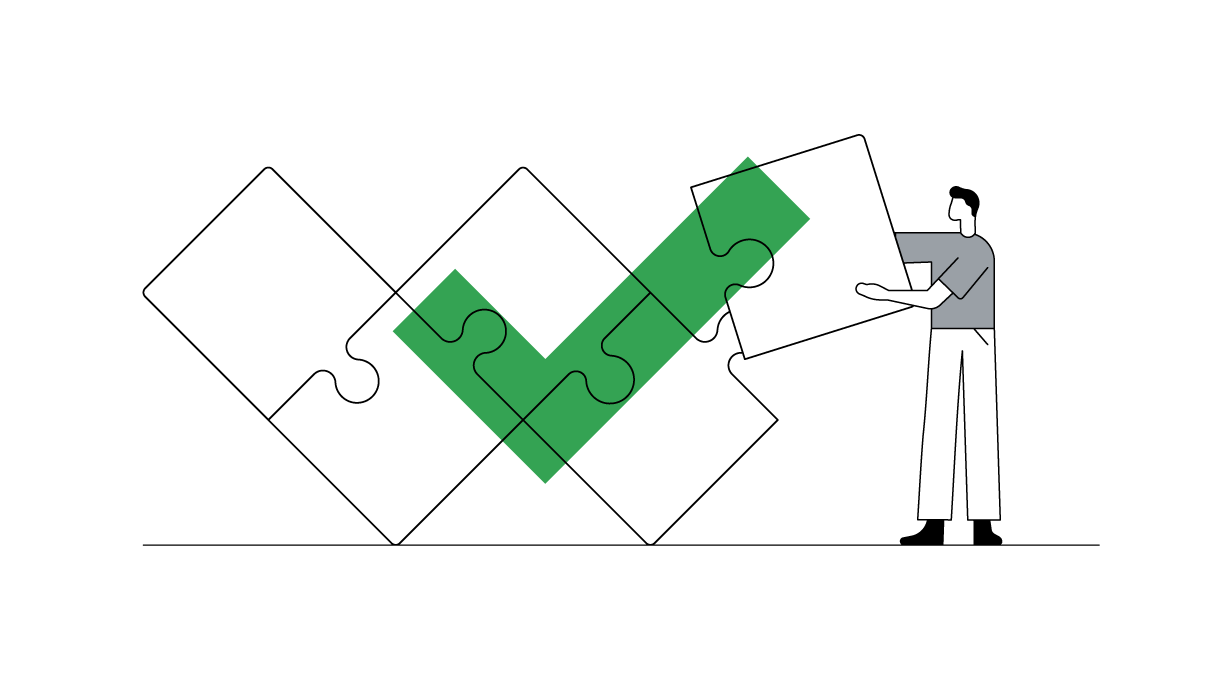Ad agencies are no strangers to disruption. They’re the experts brands call on to help maneuver through cultural, economic, and technological change. And these days, many pride themselves on being disruptors in their own right, challenging the status quo and navigating this new normal.
As the coronavirus pandemic continues to be the most disruptive force we’ve faced in modern times, agencies are helping brands confront a new, unprecedented reality. Amid such rapid change, it’s never been more important to stay on the pulse of the current climate. For strategy folks, this means gathering accurate real-time data, uncovering new trends and behaviors, and finding and creating insight-driven perspectives. I recently spoke to five strategists and agency leaders to hear how they’re applying strategy and data insights differently now, and to find out what advice they have for brands.
Here’s what they had to say.
1. Find the right balance between ‘new’ and ‘normal’

Clients are trying to keep a longer-term view, and they’re doing their best to operate as normal, as much as they can. However, this is a new situation for all of us, and clients are caught in between their procurement and finance departments on one side, and their agency partners on the other.
In uncertain times, our advice is to keep things stable, wherever you can. By only adjusting the parts of your business that are required to remain agile, you can find the right tension between “new” and “normal.” This helps to maintain a sense of normality, which is very welcome in such situations, while also allowing you the ability to adapt and ensure business continuity.
2. Keep things fluid and have teams work side by side to allow for co-creation

Given the pace of change during these unprecedented times, it is very difficult to come by reliable data. We did conduct our own quantitative surveys to understand consumer sentiment, but, by the time we were done with our analysis, we felt that many of the findings were already not that applicable to the market circumstances anymore.
Instead, we decided to go real “old-school,” conducting content analysis of media coverage, observing shoppers first-hand, and simply talking to people — asking them questions about their worries, concerns, and what they think will be on their mind when this whole thing is over.
Things just have become a lot less linear and more fluid when it comes to briefing. Having to react very quickly to shifts in consumer sentiment or market dynamics, we cannot really afford to go through the motions — planners and creatives have to work side by side, co-create the brief and ideas, while also adjusting both on the fly. Interestingly, we also see a heightened sense for building long-term brand equity — I believe that, for many marketers, the current crisis has also highlighted the importance of putting enough credit into the “trust bank.”
3. Focus on macro trends, and take nothing for granted

There’s a bit of a data overload at the moment — everyone has a point of view or a new study, so filtering through it all and finding the most powerful data and insights is important. I’m more interested in finding the macro trends right now that might signal a new shift in consumer sentiment, economic conditions, or habits.
At the start of and during the pandemic, our conversations with clients were changing on a daily basis. People were reactive. What we should take from this experience is that the world can change quickly, and businesses that are nimble enough to act and respond will have greater resilience.
There’s a lot of speculation that there could be a second wave — so we should continue to assume nothing but be prepared for anything.
4. Use real-time sentiment to understand consumers

Data is most exciting as a tool to unpack and hack culture, helping create relevant work that captures the zeitgeist. In the immediate term, we’re using real-time sentiment and behavioral tracking to provide micro snapshots of current consumer reactions and needs observed during the height of the pandemic.
But, beyond that, major crises leave a lasting imprint on our collective culture. Emerging indicators like subcultural trends and fringe conversations are valuable data points and clues that signpost macro shifts in a post-pandemic culture.
These new cultural paradigms will fundamentally affect how brands act, speak, and position themselves going forward.
5. Focus on small adjustments instead of large structural changes

With hindsight, we can see that most marketers reacted to the COVID-19 pandemic in pretty much the same way — plonky piano music, found footage, and statements of support. And consumers picked up on that. We tried to avoid falling into that sameness trap, so we prioritized data and insights that could give us a different take on the crisis, or indeed find something that our clients could talk about that wasn’t COVID-themed. After all, none of us were thinking about the pandemic 100% of the time, even at the height of the disruption and uncertainty.
All of us have the same brains we had six months ago. So the principles behind briefs and briefings haven’t changed, but the mechanics have. We’ve learned to be far more specific and precise in our written briefs because the nonverbal communication and level of focus in meetings is nowhere near what it would be face-to-face.
The best marketers are thinking ahead and looking at how to make lemonade out of lemons. Whether that’s launching products tailored to the new needs that have emerged, prioritizing different parts of their portfolio, or simply investing in advertising when the competition cut their budgets to capitalize on the huge share of voice that nets them. The name of the game is short, sharp, concise, and focused communications that look, sound, and feel different.







